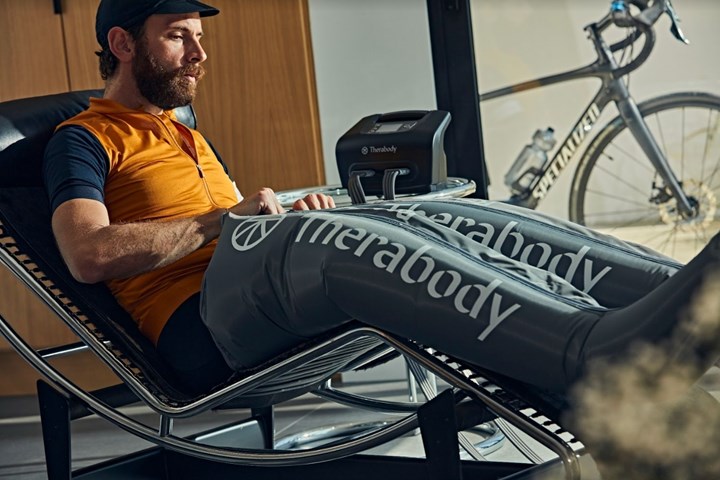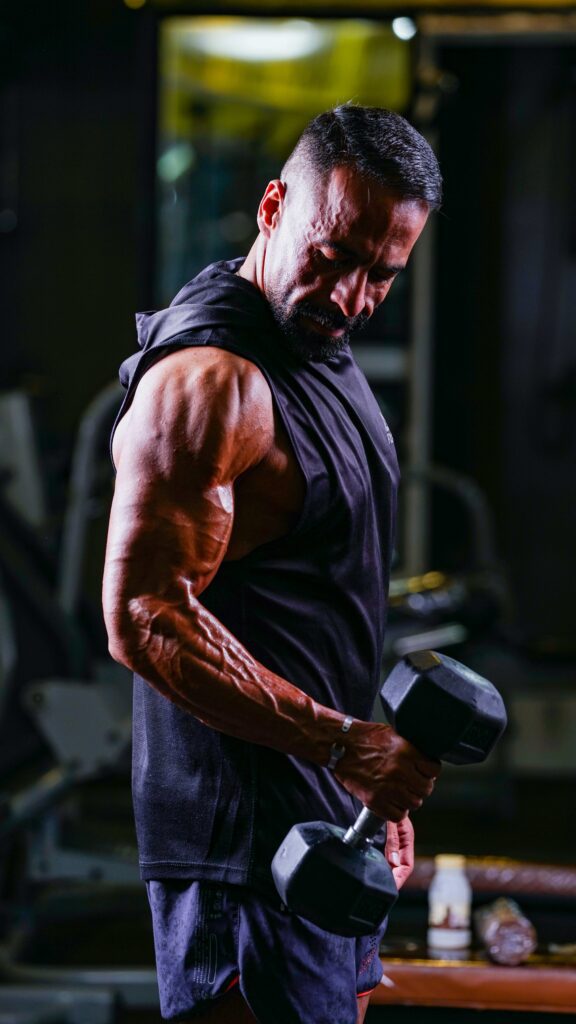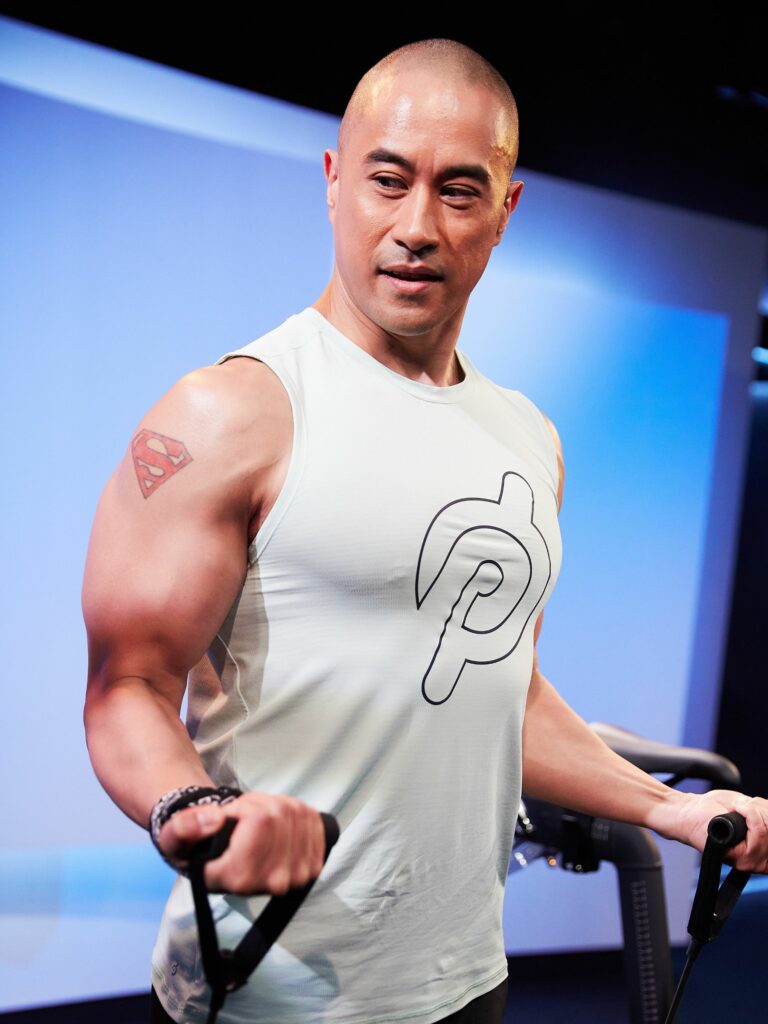In the days of the Instagram highlight reel, you’d be forgiven for thinking every waking hour is one that needs to be devoted to the hustle. Stories and posts alike speak of high-intensity classes that see you drawing sweat-angels on the gym floor, amassing staggering gains in the gym, and completing marathons and ultra-endurance events every other weekend with the kind of casualness you’d expect of someone doing the office coffee run. It seems that in our increasingly busy lives, we want our workouts to be fast and furious. But as any professional athlete will be quick to tell you, the real MVP of any exercise program isn’t the workout itself, but the recovery.
Spend any amount of time perusing the feeds of the world’s top athletes or sporting codes, and you’ll see that recovery is a priority. Increasingly, conversation around peak performance has shifted away from the outdated mentality of “no pain, no gain,” to one that recognises the importance of things like nutrition, sleep, easy workouts and recovery. The reason for the latter is simple: not only does recovery allow for improved performance, but it also reduces the risk of injury by allowing your body adequate time to heal itself in preparation for the next training load.
Ultimately, muscles need time to repair, rebuild and strengthen. But while sleep and nutrition play a significant role in helping the body recover after a workout, technological advancements in the field mean getting rid of post-workout aches and pains is easier than ever, thanks to a number of tools that can save you the time, money and effort required to book in for a spa or sports massage every other week. From foam rollers to massage guns and the kind of Space Age-looking boots you’d expect to find in a dystopian future, these devices allow you to reap the benefits of a top-level recovery routine all from the comfort of your own home or, in some instances, even on the road. But with growing consumer demand for such products, the market has become saturated with knock-offs, which begs the question: are all massage guns and recovery tools created equal? Simply put: not at all.
Drawing on insights from Dr Jason Wersland, Founder and Chief Wellness Officer of Therabody, we’ve selected the best tools to help you get the most out of your workouts and recover like a pro, while breaking down the importance of recovery and how you can utilise it to suit your sporting needs.

Theragun PRO, Mini and Elite
Who is it for?
Massage guns work by using percussive therapy, a form of massage that works to release muscle tension through a combination of speed and depth. When it comes to massage guns, the amplitude and frequency (depth and speed) of the massager are crucial when it comes to the effectiveness of the device and Therabody stands out from the rest. Not only is the brand a bestseller amongst amateur athletes and professionals alike, but it’s also the brand that pioneered the technique, bring a world-class recovery system to everyday people through a device that is technologically incredible, but not at all technical in its application. Thanks to its ease of use, the Theragun device is an accessible massage gun to suit everyone.
For this reason, the Theragun range is suitable for anyone – whether you’re an athlete, seasoned professional, or simply looking to get fit. Even office workers can benefit from having a Theragun on hand, as it can help to relieve tension in areas like the neck and back from sitting at your desk for extended periods. As Dr Wersland explains, “I think one common misconception with Theragun is that it is just a recovery tool; it is so much more than that. For someone who is using it to train, they should be incorporating Theragun to warm-up and during a workout for maximum results, while also using it to recover and decrease soreness. Theragun is amazing for anyone experiencing general aches and pains on a daily basis, maybe from sitting at your desk for too long or standing on your feet all day at work.”
He adds, “I always say Theragun is for everybody, and that is regardless of age, gender, or activity level.”
When and where is it best to use?
As Dr Wersland explains, true recovery actually starts with prevention and while some might see the Theragun range as simply being a tool to assist in recovery post-exercise or workout routine, it can actually be utilised prior, too. When preparing to train, the Theragun can be used for 15 seconds rapidly along the muscles to warm-up and increase mobility of tissues, while also protecting muscles from being sore. It can also be used for 30 seconds in-between sets or during activity as a means of activating muscles to maintain blood flow to the area. And, as most are familiar, Theragun can be used after a workout or any time outside of the gym to minimise soreness and increase blood flow to muscles, with most recommending 60 seconds up to 2 minutes.
As Dr Wersland suggests, “When using Theragun Percussive Therapy post-workout for recovery, we recommend spending no more than two minutes treating a particular muscle group.” He recommends treating the entire body after a workout, and explains that he usually spends about six to 10 minutes doing so. “One of the great things about Theragun is it eliminates the excuse of not having enough time to recover – it’s quick and effective,” he says.
Top Tips
Dr Wersland suggests using the Theragun mini with Supersoft attachment for the neck, the Theragun Pro with Dampener for the shoulders, Theragun with Duo Adapter attachment for the legs and a Theragun mini with standard ball attachment for the feet.
Theragun prices start from $349 for the portable mini offering on-the-go relief, while Prime costs $499, Elite $649 and the Theragun PRO $899.

Wave Roller
Who is it for?
Foam rollers tend to occupy a corner of the gym few frequent, and while you’d be forgiven for thinking they serve little purpose outside that of decoration, those who have used a foam roller post-workout are sure to speak wonders of the cylindrical tube. Essentially, a foam roller helps to quick and easily relieve muscle soreness through deep tissue massage and the good news is you can achieve this all in the comfort of your own home. Where the Wave Roller from Theragun stands out from the rest is in its combination of powerful vibration therapy with the wave texture, delivering a powerful full-body foam rolling experience like no other.
Not surprisingly, the Wave Roller is a device that can benefit anyone. From runners and cyclists to any sporting enthusiast, the Wave Roller is a device that not only ensures you stay limber and loose, but can also help relieve muscle soreness. For the same reasons, it’s equally beneficial for those who have soreness or tightness from long hours of standing, shift work, or sitting at a desk and with its design, it’s an incredibly accessible and easy tool to use. Ultimately, this is fool proof recovery.
When is it best to use?
As an effective recovery and performance tool, the Wave Roller can be used to limber up both before and after workouts, by increasing blood flow to muscle groups, while also helping to release and relieve painful knots and pressure points sustained during activity or post-workout. Dr Wersland suggests using the Wave Roller on the back

RecoveryAir
Who is it for?
Scroll through any NBA team Instagram page or those of the world’s top athletes, and you may have seen them reclining with legs in what can only be described as space booties. What they’re using is RecoveryAir, a compression system that allows you to sit back and relax as you recover faster with this pneumatic compression therapy. As Dr Wersland explains, “Anyone can benefit from RecoveryAir – whether you’re a marathon runner or a nurse on your feet all day or someone with a desk job who gets little movement in a day. Daily physical activity – whatever that looks like for you – produces metabolic waste products in the muscles. The increasing amount of waste in the muscle causes a decrease in performance and increase of muscle fatigue and soreness.”
It’s an incredible experience and because it is passive, it means you can experience the benefits of recovery with ease. That said, with a price point of $989 for RecoveryAir and $1,829 for RecoveryAir PRO, for some such a device isn’t feasible. Though it certainly has benefits for everyone, if you’re a competitive athlete looking for an edge up on competitors when it comes to training and recovery, these are a valuable investment.
When is it best to use?
Going from the foot to the very top of the thigh, the boots work by sequentially compressing the legs to flush out metabolic waste and bring fresh, oxygenated blood back to the area. The increase in circulation helps reduce muscle soreness and fatigue more globally in the body. “The body will naturally get rid of this waste, but the process can be slow. RecoveryAir is just speeding up and facilitating that natural process to help you feel better. It’s perfect for post-workout, post-flight, or after a long day at work,” says Dr Wersland.
Top Tips
As Dr Wersland explains, the RecoveryAir is a passive treatment that’s great to use while meditating or watching Netflix. He suggests using the RecoveryAir for the legs.

Wave Solo
Who is it for?
With its spherical shape, the Wave Solo is one of the most portable and easily accessible recovery tools around. Using smart vibration, it delivers pinpointed pressure and vibration to focused areas for reduced tension and improved movement. Essentially, it’s a modern take on the traditional lacrosse ball massage and can be used wherever and whenever you need. While the Wave Solo certainly has benefits for athletes and fitness enthusiasts alike, the benefits it offers for office workers is incredible. Keep this on hand at the desk and you’ll be able to relieve tension in areas like your back, shoulders, hamstrings and feet.
When is it best to use?
There are three powerful vibration frequencies offered with the Wave Solo which, along with an innovative wave texture that allows for its ergonomic shape, works deep into hard-to-reach areas. The Wave Solo can be used anytime you’re experiencing tension or tightness in muscle areas, be it before or after exercise, or simply as part of a routine to break up the work day and time spent seated at the desk.
Top Tips
Given how much time we spend on our feet and the force they need to continually manage, it goes without saying that the feet are the unsung heroes of the body. But even still, they rarely get the care or respite they deserve. That’s where the Wave Solo comes in handy, as by placing your foot on the Wave Solo and pressing your bodyweight against the device, it works to release tension in the foot.
















